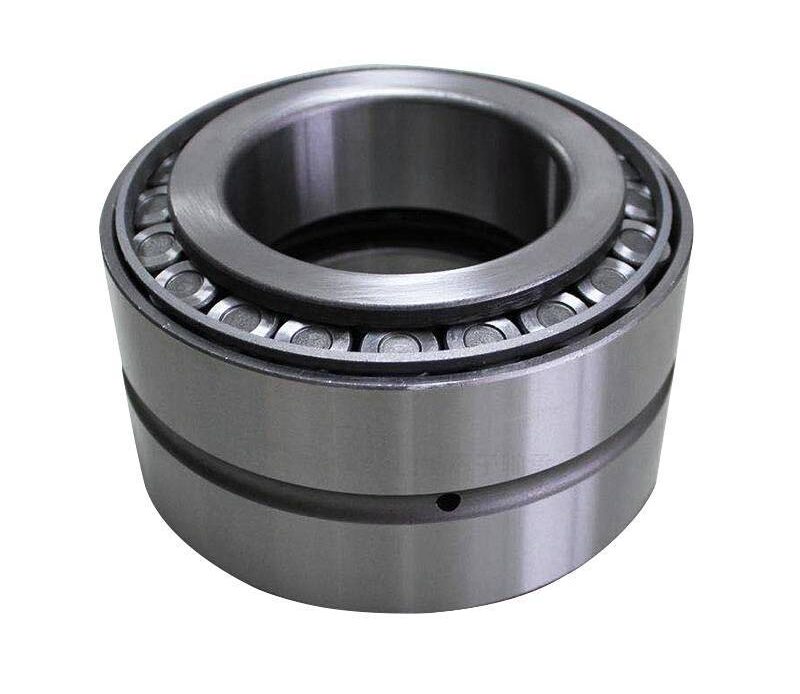
A double taper roller bearing is the perfect addition to a milling machine or machining tools. The smooth and low-profile design allows for accurate operation while providing the most efficient use of the machine’s overall resources. These bearings are available in a variety of configurations and materials, and offer various methods of operation and materials. Here are the top four choices for the best double taper roller bearing:
Cast-iron (or iron oxide) roller bearings are used when speed and torque are desired. They are available with either tapered or uni-torque profiles and include a threaded end and a straight shaft. The straight shaft provides the basis for a variety of bearing designs and solutions, including balls, rollers, and grooves. They can be mounted using a variety of means, including the previously mentioned tapered bearing or with a threaded adapter.
A double taper lock bearing is a popular solution used in milling machines. Because of their ability to retain torque even after spinning at high speeds, they are also suitable for high-speed turning applications as well. These bearings are available in both solid and machined forms. In machined form, they are commonly formed with either machined aluminum or cold-cut steel, with each offering different advantages. The solid form is typically heavier and requires a stronger ring material.
Carbon fiber is a popular option for a tapered roller bearing. It is commonly machined from high-density carbon fibers and are ideal for a wide range of bearings because of their excellent corrosion and lubricity properties. These materials are exceptionally strong and can resist extreme temperatures and high stresses. Carbon fiber is also an ideal material for making parts that are exceptionally tough, such as engine parts. These parts feature a unique honeycomb pattern, which adds to their toughness.
All bearings need some sort of lubrication and heat resistance. Machined bearings can be made with either grease or oil, but oil can have a lower density and thus will not adhere as well to the bearing surface. Grease, on the other hand, is commonly used for applications where the bearing needs to be extremely smooth. When used in bearings, oil can improve things such as slip resistance and lubricity.
Many roller bearings are produced with a sealed journal. These devices are generally sealed at their center but can be produced with a sealed or vented journal depending upon the application. The most common application is with a valve or bellows, which is responsible for collecting and redistributing lubricant throughout the entire bearing assembly. The journals themselves are also commonly referred to as journals or rings. For most applications, a sealed journal is sufficient, but it is sometimes necessary to use an unvented journal to improve things such as slip resistance. Unvented roller bearings are typically used in heavy-duty bearings and are more durable and reliable than their sealed counterparts.
Taper loading is one of the most important machining procedures that should be performed on these bearings. Essentially, taper loading refers to evenly distorting a given bore in order to create a more intricate or thin-walled bearing. This procedure is usually done using a CNC equipment program and should only be done on high-quality bearing templates. Other types of machinery that can perform this procedure include mig welding and low heat laser drilling. This type of work must be performed according to OSHA safety standards or else it could result in serious injury.
When machining with these types of bearings, there are several different types of grinders that can be used. Grinding plates may be used, which require very precise movements to produce small beads or even sheets. This method can cause burrs in the bearing material, which is a major issue when using this system. Grinding plates can be either manually operated or can be automatically controlled. However, manual operation is still preferred for less complex bearings.
